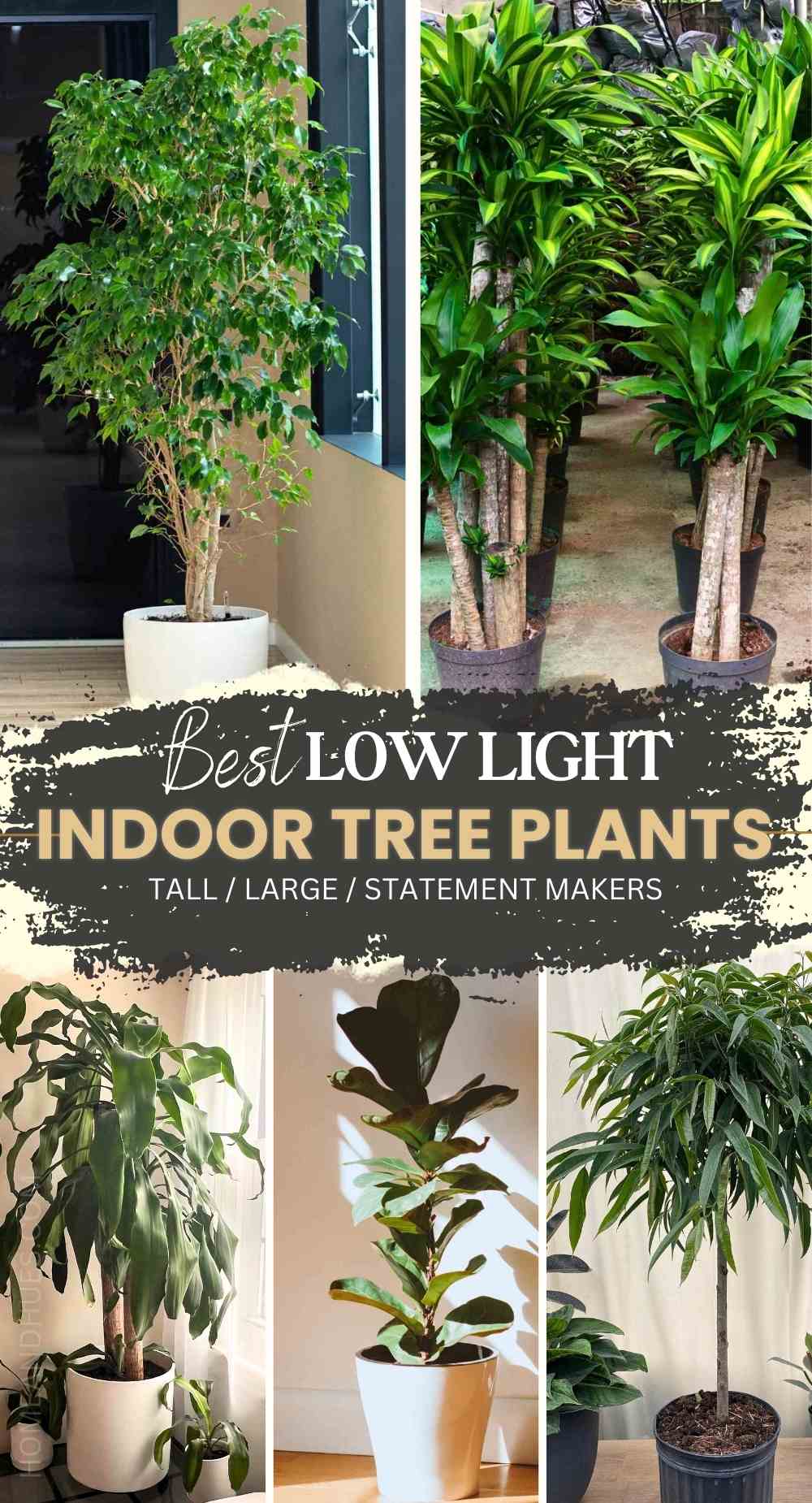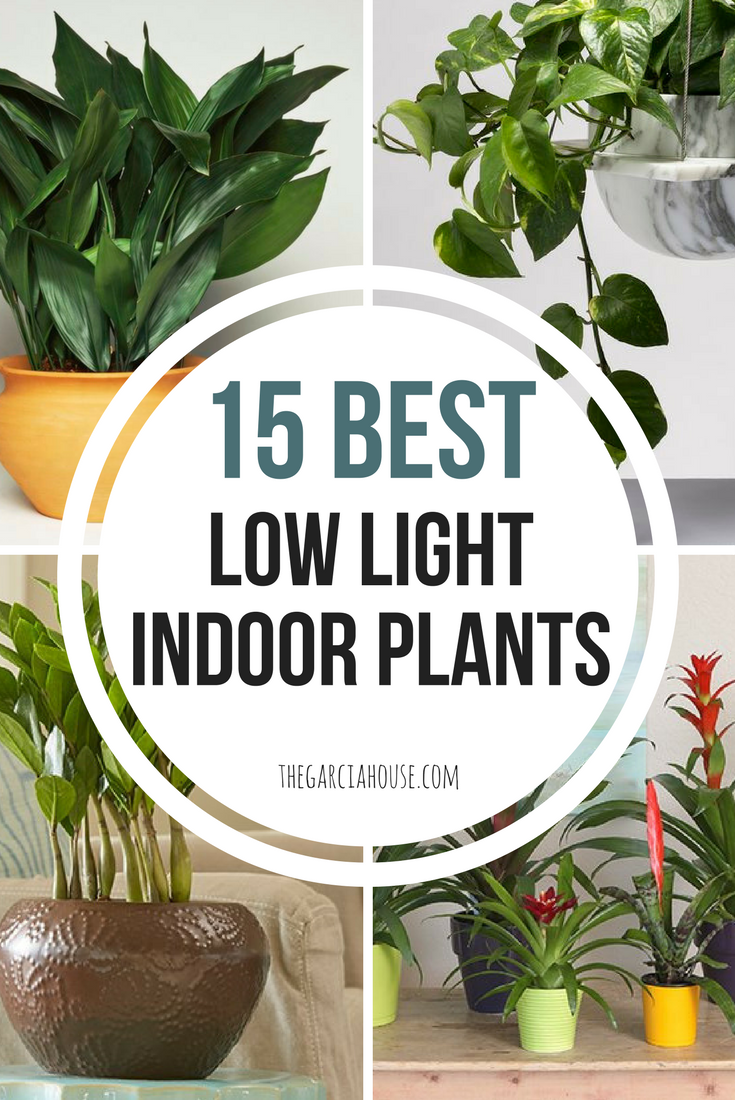The Best Low-Light Indoor Plants to Improve Your Home’s Air Quality
Discover the most effective Low-Light Indoor Plants for Enhancing Your Home Decor
Incorporating low-light indoor plants into your home design can considerably boost both appearances and atmosphere, especially in areas that lack plentiful natural light. Ranges such as the Snake Plant and ZZ Plant not only bring life to lower corners yet additionally contribute to enhanced air quality and overall wellness.

Why Pick Low-Light Plants
Why opt for low-light plants in your interior rooms? The contemporary living atmosphere usually provides obstacles such as restricted all-natural light, making it difficult for traditional houseplants to grow. Low-light plants are specifically adjusted to survive and grow in these conditions, using a feasible remedy for individuals seeking to boost their indoor rooms without the added stress and anxiety of preserving extra light-demanding vegetation.
Along with their resilience, low-light plants contribute substantially to the visual appeals of an area. Their varied variety of forms, dimensions, and shades enables unique interior design possibilities, producing welcoming and vibrant environments. In addition, interior plants are understood for their air-purifying high qualities, improving interior air top quality by releasing and filtering system toxins oxygen, which can enhance general well-being.
Low-light plants likewise call for very little upkeep, making them particularly attracting busy people or those new to gardening. Their flexibility permits for placement in different settings, from workplace areas to dimly lit corners of the home. By selecting low-light plants, you can appreciate the advantages of greenery without the constraints that usually come with conventional horticulture, ultimately promoting a much healthier and a lot more aesthetically enticing indoor setting.
Top Low-Light Indoor Plants
For those looking for to enhance their indoor rooms with greenery that thrives in low-light conditions, several plant choices attract attention for their strength and visual allure. The Serpent Plant (Sansevieria trifasciata) is a popular option, understood for its upright, sword-like fallen leaves and capability to endure neglect. This sturdy plant can make it through in dimly lit areas while enhancing interior air high quality.
Another outstanding alternative is the Pothos (Epipremnum aureum), defined by its heart-shaped fallen leaves and tracking vines. When positioned on shelves or hanging baskets., Pothos is not just versatile to reduced light but likewise offers a striking aesthetic comparison.
The ZZ Plant (Zamioculcas zamiifolia) is equally remarkable, flaunting shiny, dark environment-friendly leaves that can brighten up any type of edge. Its drought resistance makes it suitable for active homeowners.
Care Tips for Low-Light Plants
Exactly how can you ensure that your low-light interior plants thrive in spite of limited sunshine? Choose the proper potting mix that offers good drain while maintaining dampness. A well-aerated dirt, such as a blend of potting dirt and perlite, can help protect against origin rot.
Watering is critical; low-light plants normally need less regular watering compared to their sun-loving counterparts. Always examine the top inch of the dirt-- if it really feels dry, it's time to water. Beware of overwatering, as this can browse around this site result in fungal concerns and root degeneration.
Fertilizing low-light plants ought to be done moderately - Best low-light indoor plants. Make use of a balanced, water-soluble plant food throughout the growing period, however reduce or eliminate fertilizing in the dormant months
In addition, dirt can build up on fallen leaves, preventing photosynthesis. Carefully clean the fallen leaves with a wet cloth to keep them clean.
Last but not least, observe your plants closely. Signs of distress, such as yellowing leaves or leggy development, can suggest that your plant requires adjustments in care (Best low-light indoor plants). By adhering to these treatment ideas, your low-light indoor plants can prosper, including charm and vitality to your home
Creative Ways to Show Plants
Boosting the aesthetic allure of your indoor space can be my sources accomplished by thoughtfully displaying your low-light plants in creative means. Take into consideration making use of vertical room to your benefit; wall-mounted shelves can showcase trailing plants like pothos or philodendron, including lushness while saving flooring space. Make use of plant stands of differing heights to create aesthetic rate of interest and depth, drawing the eye up.
Hanging planters are an additional excellent alternative, supplying a significant impact when put on hold from the ceiling or hooks. Macramé wall mounts can present texture and bohemian style, while modern-day ceramic wall mounts can suit a minimal aesthetic. For a much more ingenious approach, repurpose special containers such as vintage teacups or glass containers, which can include personality to your display.
Organizing plants in clusters is likewise reliable; usage varying pot dimensions and shades to create a natural look. This technique not only improves aesthetic impact but also offers a natural environment feel - Best low-light indoor plants. Take into consideration positioning plants near light resources like lights or windows to optimize their growth and display their lively foliage, therefore improving the overall ambiance of your interior setting.
Advantages of Indoor Greenery
Various researches have demonstrated that including indoor greenery right into your space provides a plethora of advantages, improving both psychological and physical wellness. One of one of the most significant benefits of interior plants is their ability to boost air high quality. Plants soak up carbon dioxide and launch oxygen, producing a much healthier environment while also removing dangerous toxic substances, thus advertising respiratory wellness.
Furthermore, the visibility of plant has been linked to minimized tension levels. Research indicates that engaging with plants can reduce cortisol levels, which are related to tension. This relaxing result can result in improved mood and increased productivity, making interior plants an ideal addition to work areas.
Furthermore, interior plant can enhance cognitive function. Research studies suggest that atmospheres improved with plants can cause increased emphasis, creative thinking, and overall mental clarity. The visual charm of indoor plants likewise contributes to an extra inviting and pleasurable environment, favorably influencing social communications and total satisfaction within an area.
Verdict

Including low-light indoor plants right into your home decor can dramatically boost both visual appeals and environment, specifically in spaces that lack abundant all-natural light. Ranges such as the click reference Snake Plant and ZZ Plant not only bring life to dim corners but also contribute to improved air quality and general wellness. Interior plants are understood for their air-purifying qualities, enhancing interior air top quality by releasing and filtering toxins oxygen, which can boost overall well-being.
For those seeking to enhance their interior areas with greenery that prospers in low-light conditions, a number of plant choices stand out for their strength and visual appeal. These resilient plants, such as the Snake Plant and ZZ Plant, flourish in dark conditions and call for minimal maintenance, making them appropriate for numerous lifestyles.